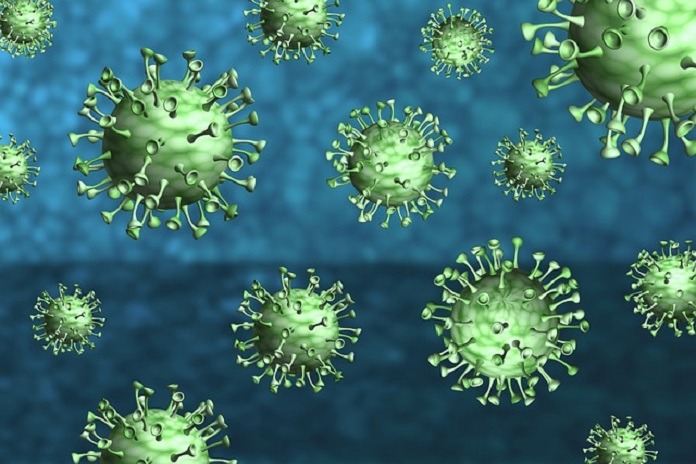A new study investigates whether UV light can inactivate SARS-CoV-2, the virus responsible for COVID-19.
SARS-CoV-2, which is the novel coronavirus that causes COVID-19, has had a significant global impact throughout the pandemic. In order to reduce the risk of future adverse events related to the COVID-19 pandemic, it is important to know how the virus is transmitted as well as how to prevent this transmission. Since COVID-19 is a respiratory virus, it is primarily transmitted by close person-to-person contact and through respiratory droplets.1
Although there is a growing body of research surrounding the potential transmission methods of COVID-19, the activity of the virus is not fully understood. This may be partially attributed to the safety measures implemented when handling the virus; only certain labs with certain equipment can perform experiments with the SARS-CoV-2 virus specifically.2 Moreover, a few studies suggest that coronaviruses and similar viruses can survive on surfaces for a couple of hours in controlled laboratory conditions.3 For this reason, although unlikely, the possibility of transmission through virus-contaminated surfaces cannot technically be ruled out.
There are many different ways of disinfecting surfaces, such as using heat or chemical disinfectants such as hydrogen peroxide, bleach, and alcohols.4 One popular method is using ultraviolet (UV) light to deactivate pathogens, and it can be convenient since it does not leave behind any chemical residue, undesirable scent, or pose any potential health risks when inhaled. However, it is not necessarily always reliable as a variety of factors can interfere with its antimicrobial activity.
Light travels through space as a wave, and the frequency of the wave can be measured by its wavelength. UV light can have wavelengths between 210 nanometres and 328 nanometres; however, only certain frequencies are effective at killing certain pathogens.4
To investigate the optimal frequency of UV light for inactivating SARS-CoV-2, a study was performed. The results were recorded and published in the journal of Applied and Environmental Microbiology.2
The SARS-CoV-2 virus was cultured and suspended in a water-based solution, and several 5mL samples were taken for testing. Each sample was exposed to UV radiation from five different sources and frequencies, ranging from 222 to 282 nanometres.2 The active virus concentrations after exposure were then measured to test the effectiveness of the UV source.
The study found that all UV sources were effective in inactivating the virus in solution. Moreover, the study found that SARS-CoV-2 is inactivated by UV light in a similar way to the murine hepatitis virus.2 This is a promising finding because handling the murine hepatitis virus does not require the same safety protocols as SARS-CoV-2, so this could potentially allow more labs to perform studies on inactivating the novel virus.
The findings of this study suggest that UV light with wavelengths between 222 and 282 nanometres could potentially inactivate SARS-CoV-2.2 More research is needed to determine how to optimize the effectiveness of UV disinfection technology as well as further understand the activity of SARS-CoV-2 and prevention strategies to promote positive global health outcomes.
Reference List
- Marques, M., Domingo, J.L. (2021, February). Contamination of inert surfaces by SARS-CoV-2: Persistence, stability and infectivity. A review. Environ Res 193. Doi: 10.1016/j.envres.2020.110559
- Ma, B., Gundy, P.M., Gerba, C.P., et al (2021, September). UV Inactivation of SARS-CoV-2 across the UVC spectrum: KrCl* excimer, mercury vapor, and LED sources. Applied and Environmental Microbiology. Doi: 10.1128/AEM.01532-21
- Van Doremalen, N., Bushmaker, T. (2020). Aerosol and Surface Stability of SARS-CoV-2 as Compared with SARS-CoV-1. N Engl J Med 382. Doi: 10.1056/NEJMc2004973.
- Centers for Disease Control and Prevention (2016, September 18). Guideline for Disinfection and Sterilization in Healthcare Facilities. U.S. Department of Health & Human Services. Accessed 2021, October 18, from https://www.cdc.gov/infectioncontrol/guidelines/disinfection/disinfection-methods/miscellaneous.html
Image by Thiago Lazarino from Pixabay



